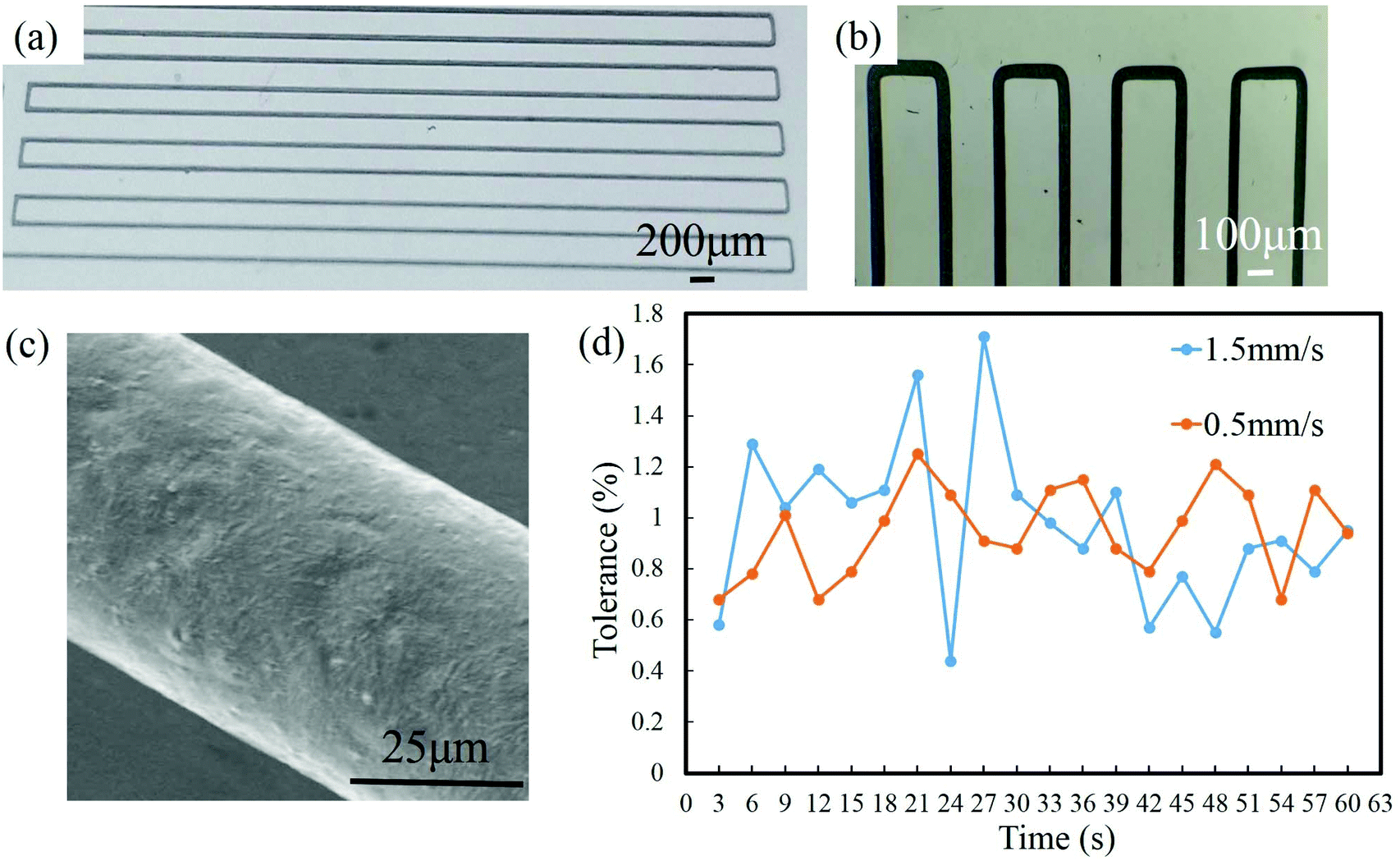Tkp 45 103 85 2007 Izmenenie 1

Part 1: An Overview and Exploring Play Based Inquiry Learning TKP 2016, p. (TKP 2016, p. 13) TKP 2016, p. Part 1: An Overview and Exploring Play Based Inquiry Learning. Part 2: Pedagogical Documentation and Assessment in FDK. Part 4: The Four Frames: Self-Regulation and Well-Being. Given V a set of vertices, two vectors w 1 and w 2 in N n, two integer values W 1 ≥ 1 and W 2 ≥ 1, an integer K, and for each vertex j ∈ V, a tree T j of shortest paths from j to any other vertex in V, and a vector d, j ∈ R n of shortest path distances from j to any other vertex in V, find a cover of V using K valid districts with.
Contents • • • • • • • • • • • • • • • • • • • • • • • • • • • • • • • • • • • History Origins During, the used by forces made a deep impression on their Soviet counterparts. The select-fire rifle was chambered for a new, the, and combined the firepower of a submachine gun with the range and accuracy of a rifle. On 15 July 1943, an earlier model of the Sturmgewehr was demonstrated before the. The Soviets were impressed with the weapon and immediately set about developing an intermediate caliber fully automatic rifle of their own, to replace the submachine guns and outdated bolt-action rifles that armed most of the Soviet Army. The Soviets soon developed the, the semi-automatic and the. Shortly after World War II, the Soviets developed the AK-47 assault rifle, which would quickly replace the SKS in Soviet service. Introduced in 1959, the is a lighter stamped steel version and the most ubiquitous variant of the entire AK series of firearms.
Matlab torrent download with crack. • Hard Disk: 2.6 GB of HDD space for the installation. System Requirements: • Windows 10, 7, Service Pack 1, Win Server 2016, Win Server 2012 R2, Win Server 2012 • Processor: Intel or AMD x86-64 processor with four logical cores. • RAM: it is necessary to have 4GB RAM.
In the 1960s, the Soviets introduced the light machine gun, an AK type weapon with a stronger receiver, a longer heavy barrel, and a bipod, that would eventually replace the RPD light machine gun. A Type 2A AK-47, the first machined receiver variation began his career as a weapon designer in 1941, while recuperating from a shoulder wound which he received during the.
Kalashnikov himself stated.' I was in the hospital, and a soldier in the bed beside me asked: 'Why do our soldiers have only one rifle for two or three of our men, when the Germans have automatics?'
So I designed one. I was a soldier, and I created a machine gun for a soldier. It was called an Avtomat Kalashnikova, the automatic weapon of Kalashnikov—AK—and it carried the year of its first manufacture, 1947.' The AK-47 is best described as a hybrid of previous rifle technology innovations. 'Kalashnikov decided to design an automatic rifle combining the best features of the American M1 and the German StG44.' Kalashnikov's team had access to these weapons and had no need to 'reinvent the wheel'. Kalashnikov himself observed: 'A lot of Russian Army soldiers ask me how one can become a constructor, and how new weaponry is designed.
These are very difficult questions. Each designer seems to have his own paths, his own successes and failures.
But one thing is clear: before attempting to create something new, it is vital to have a good appreciation of everything that already exists in this field. I myself have had many experiences confirming this to be so.' There are claims about Kalashnikov copying other designs, like Bulkin's TKB-415 or Simonov's AVS-31.
Early designs Kalashnikov started work on a submachine gun design in 1942 and with a light machine gun in 1943. 'Early in 1944, Kalashnikov was given some 7.62×39mm M43 cartridges and informed that there were several designers working on weapons for this new Soviet small-arms cartridge. It was suggested to him that this new weapon might well lead to greater things, and he undertook work on the new rifle.' In 1944, he entered a design competition with this new 7.62×39mm, semi-automatic, gas-operated, long stroke piston, carbine, strongly influenced by the American. 'The rifle that Kalashnikov designed was in the same class as the familiar Simonov with fixed magazine and gas tube above the barrel.' However, this new Kalashnikov design lost out to a Simonov design.
In 1946, a new design competition was initiated to develop a new assault rifle. Kalashnikov submitted an entry. It was gas-operated rifle with a short-stroke gas piston above the barrel, a breech-block mechanism similar to his 1944 carbine, and a curved 30-round magazine. Kalashnikov's rifles AK-1 (with a milled ) and AK-2 (with a stamped receiver) proved to be reliable weapons and were accepted to a second round of competition along with other designs. These prototypes (also known as the AK-46) had a rotary bolt, a two-part receiver with separate trigger unit housing, dual controls (separate safety and fire selector switches) and a non-reciprocating charging handle located on the left side of the weapon. This design had many similarities to the STG 44. In late 1946, as the rifles were being tested, one of Kalashnikov's assistants, Aleksandr Zaitsev, suggested a major redesign to improve reliability.